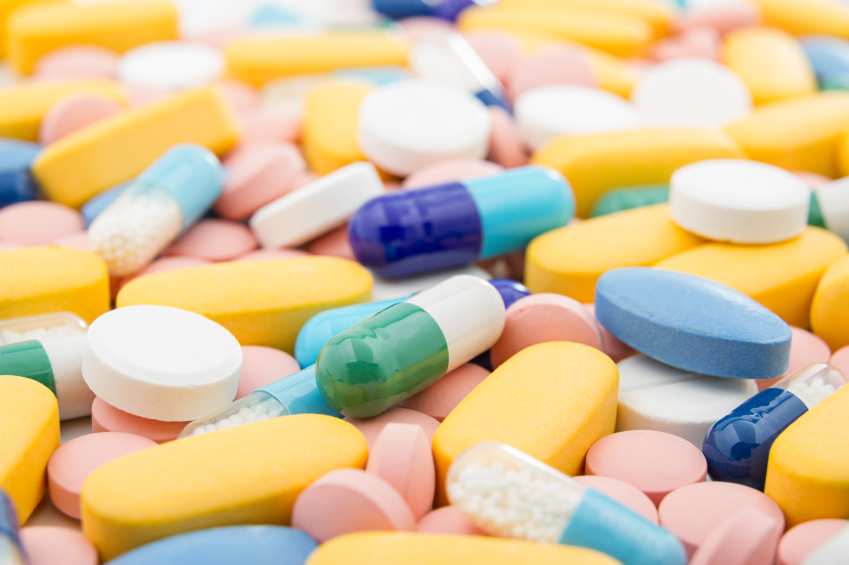
safety not guaranteed.
Buckle up. The well-kept secret of dangerous drug abuse by American women has been exposed in a new report from the Centers for Disease Control and Prevention. Since 2007, more women have died each year from drug overdoses than from motor vehicle-related injuries, and deaths and hospital visits due to overdose continue to increase among females. Prescription psychotherapeutic drugs and prescription opioids (such as oxycodone and hydrocodone) are among the leading causes. Women are much more likely than men to be prescribed pharmasueticals, use them chronically, and receive prescriptions for higher doses.
While some speculate that the war on drugs is certainly race-oriented, it’s easy to overlook that the face of the media’s prototype drug abuser/dealer also doesn’t tend to be female. Women are quietly getting addicted with permission from their doctors and dropping dead in record numbers, but grittier street drug use in urban environments is what makes for more attention-grabbing headlines. Meghan Ralston, the Harm Reduction manager for the Drug Policy Alliance, wrote for the Huffington Post, “In many drug war documentaries… men are given a lot of screen time and it’s mens voices we hear most often, representing every inch of the drug war spectrum — the policymakers, the manufacturers, the neighborhood drug sellers, the celebrities with tales of redemption from drug addiction. Virtually all the film makers are men, and they tend to tell stories about other men….”
In addition to prevention through education about the dangers of using medicine in a manner other than prescribed, Ralston notes that the generic antidote to opioid overdose, naloxone, is a solution that we all need to become more familiar with. When someone we care for is taking prescription drugs, even safely, loved ones should also be aware of the signs of an adverse reaction or overdose, accidental or otherwise, and not be afraid to call 911. “Women need to know how to prevent, recognize and respond to an opioid overdose. Our partners, parents, children and friends should have that information, as well. Not only are we now dying in greater numbers from drug overdose, but we’re not even being made aware of the lifesaving measures available to us in the very reports telling us about our deadly problem…. Making use of ‘911 Good Samaritan’ laws is just one way women can be empowered to save lives — or that their own lives can be saved.” Symptoms of an opiod overdose include:
- Awake, but unable to talk
- Body is very limp
- Face is very pale or clammy
- Fingernails and lips turn blue or purplish black
- For lighter skinned people, the skin tone turns bluish purple, for darker skinned people, it turns grayish or ashen.
- Breathing is very slow and shallow, erratic, or has stopped
- Pulse (heartbeat) is slow, erratic, or not there at all
- Choking sounds, or a snore-like gurgling noise (sometimes called the “death rattle”)
- Vomiting
- Loss of consciousness
- Unresponsive to outside stimulus
Ralston not only wants to bring attention to the record numbers of women battling prescription drug addiction, but also reminds us how women are working hard on the front lines of the war on drugs fighting to keep addicts sober, healthy, and alive. “We do the policy work, the program work, the social service support; we run the syringe exchanges, we organize social media and fundraising campaigns…” Has prescription drug use effected women in your life, or impacted your own? Are you surprised to learn that women are overdosing in such high numbers? — Casandra Armour











-300x169.jpg)




